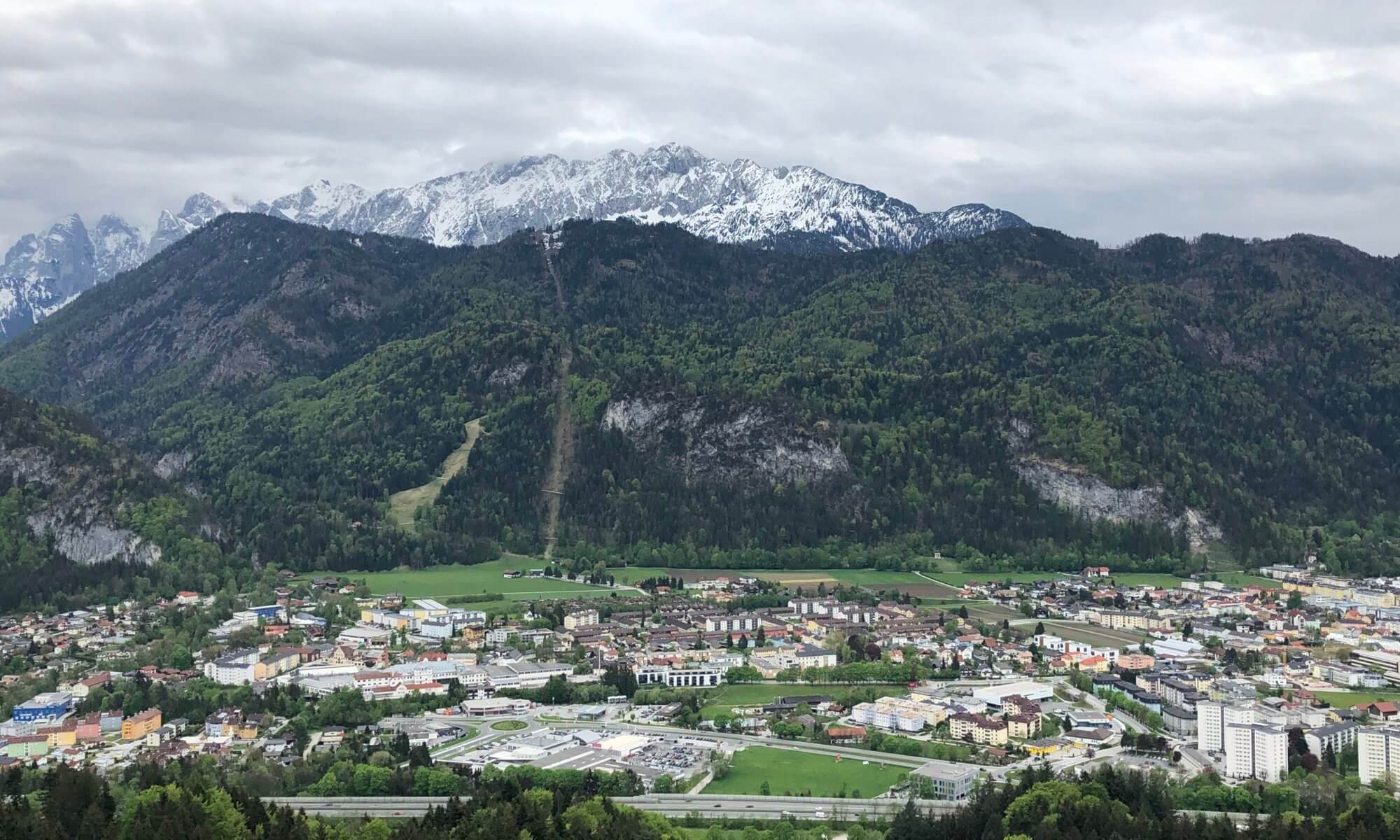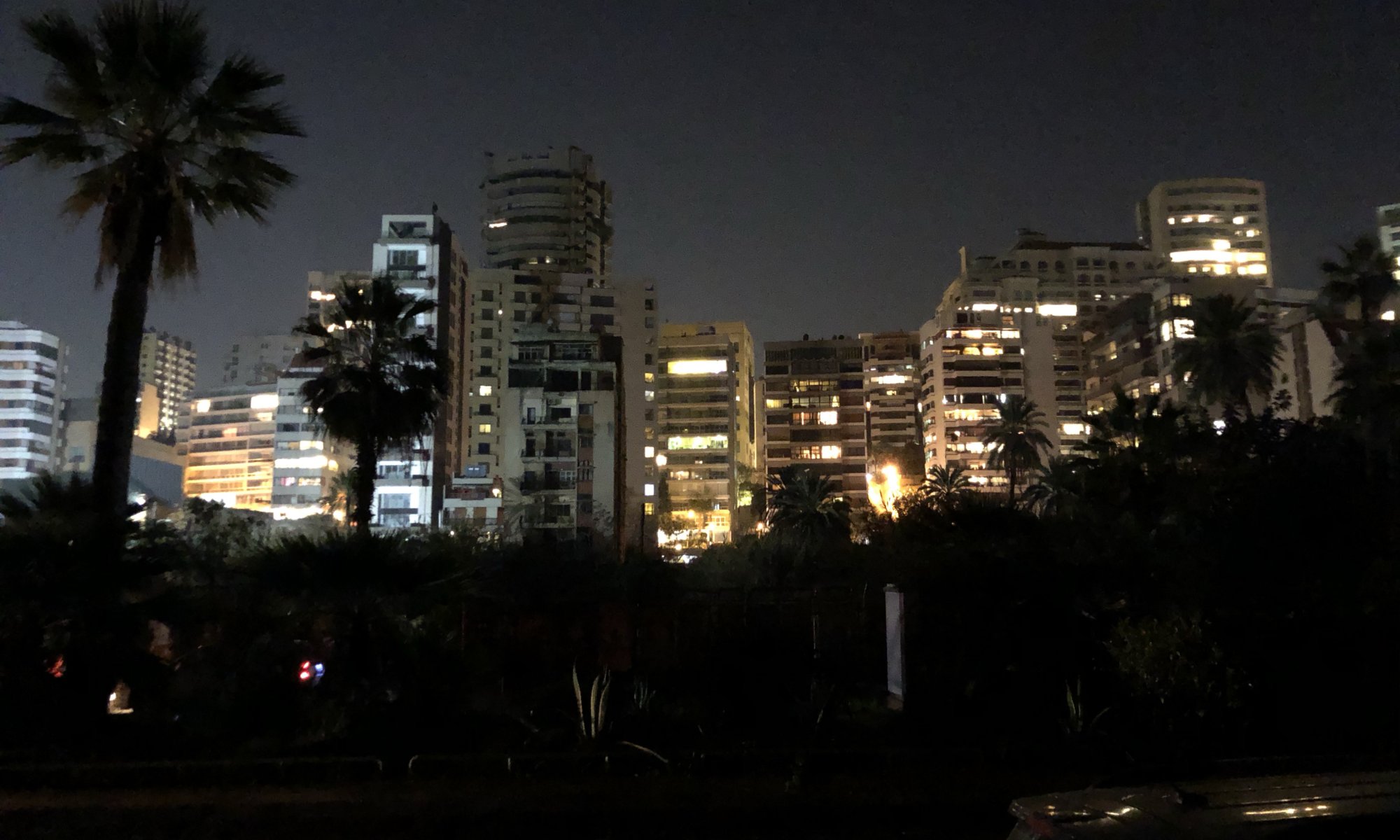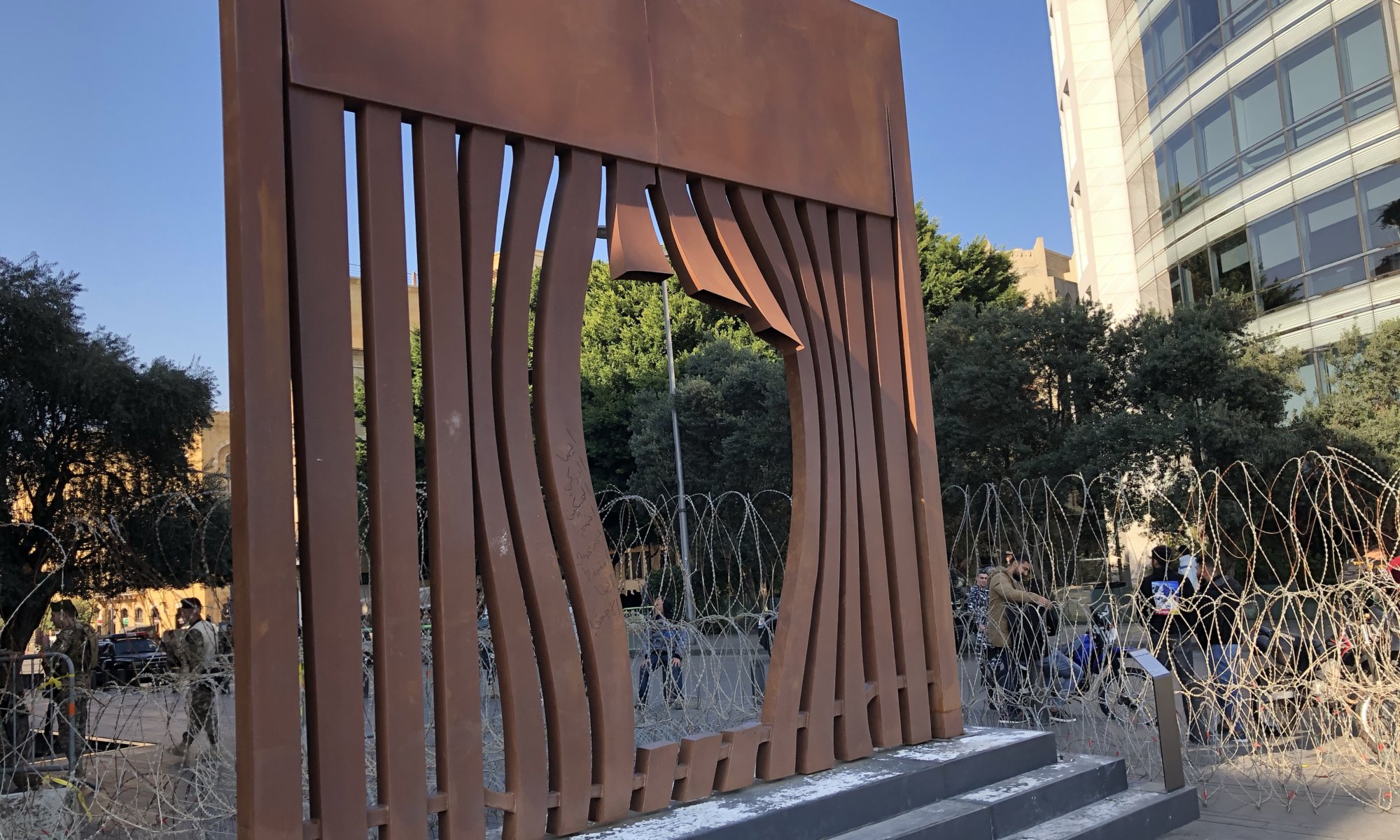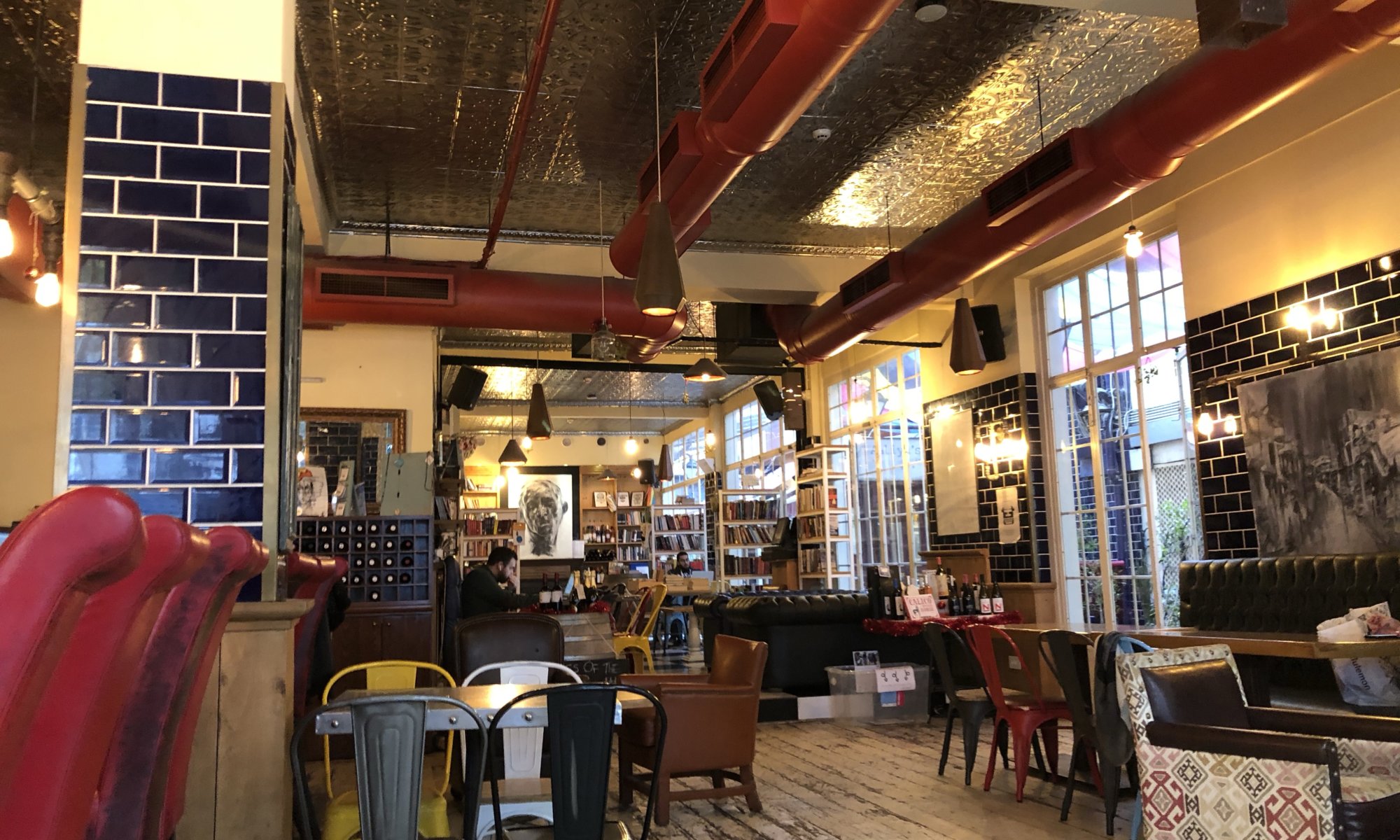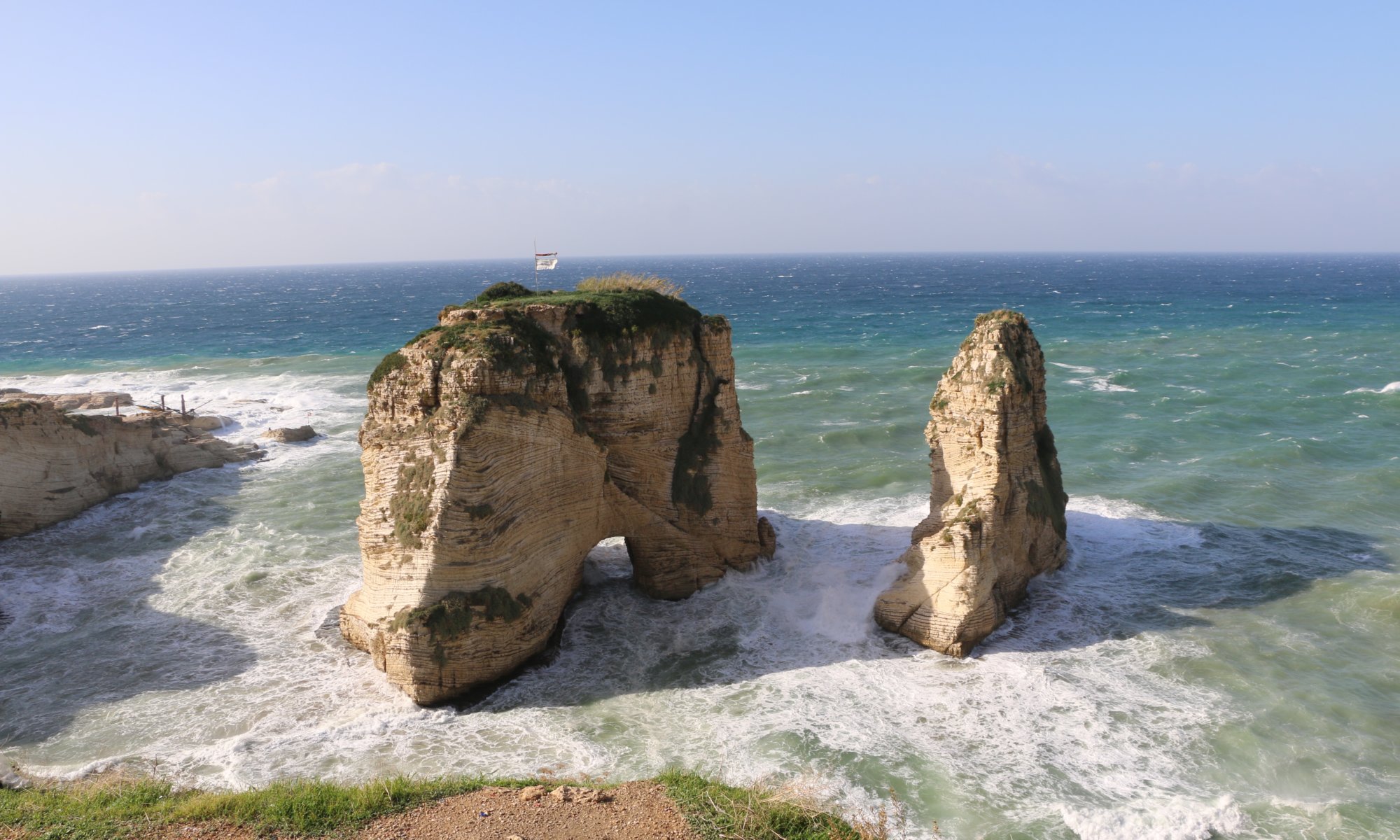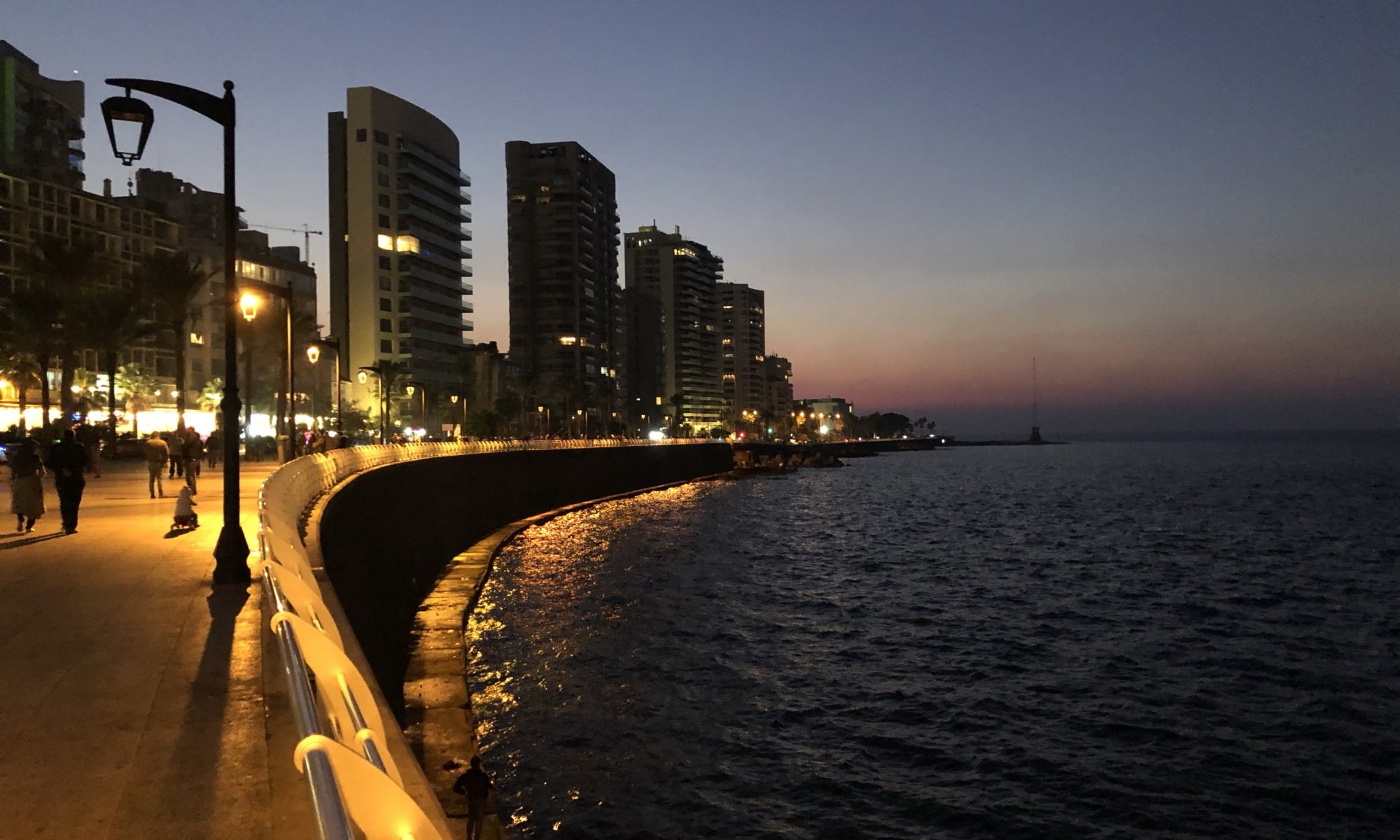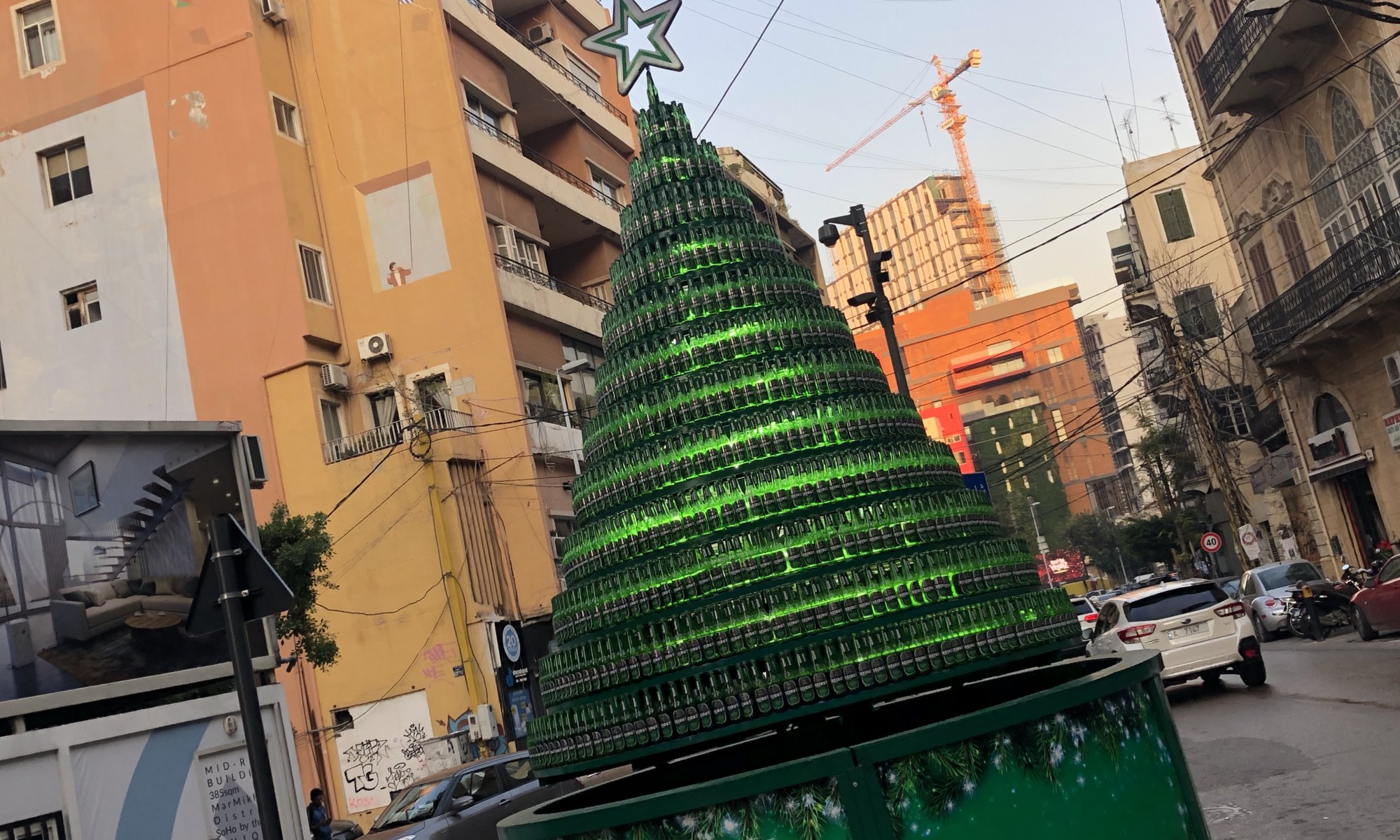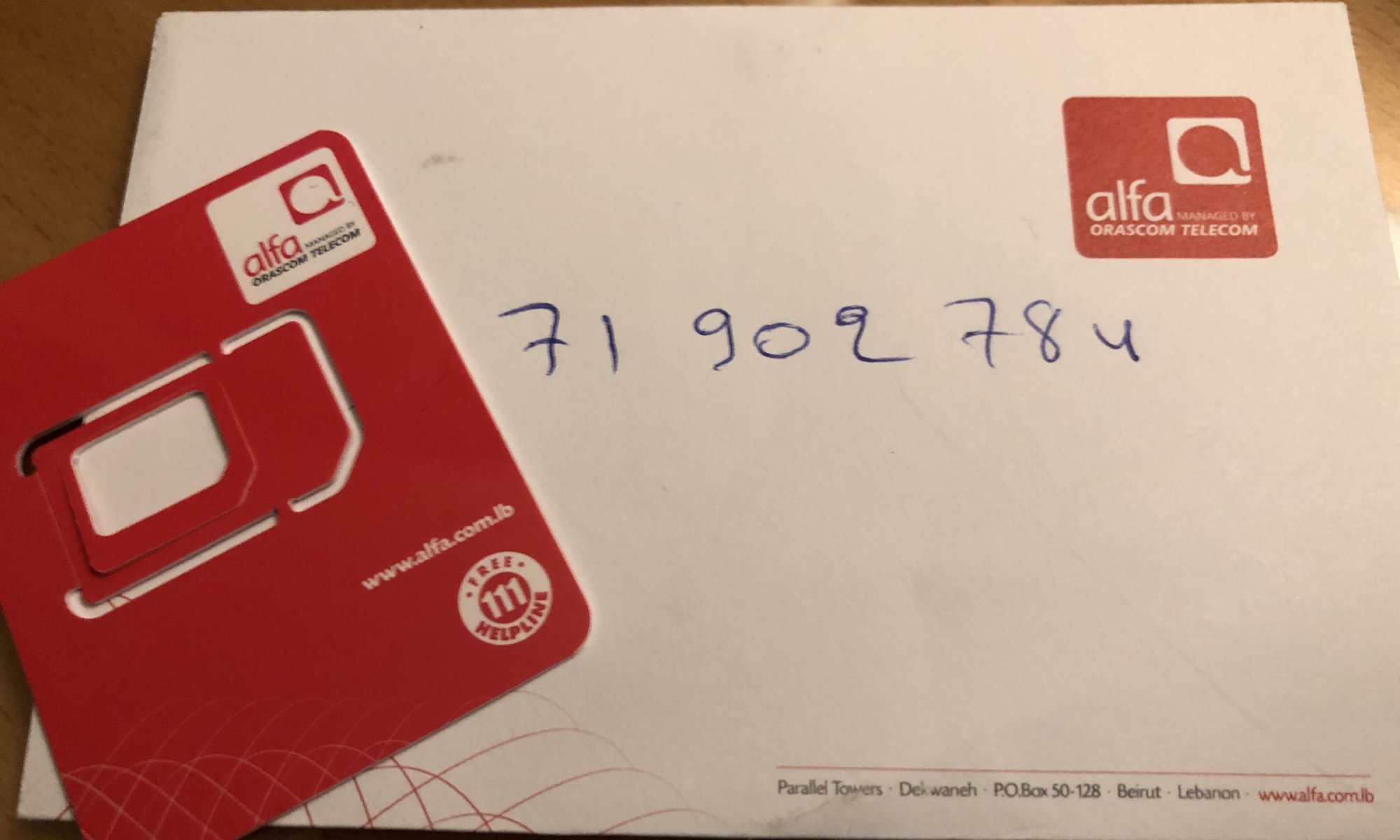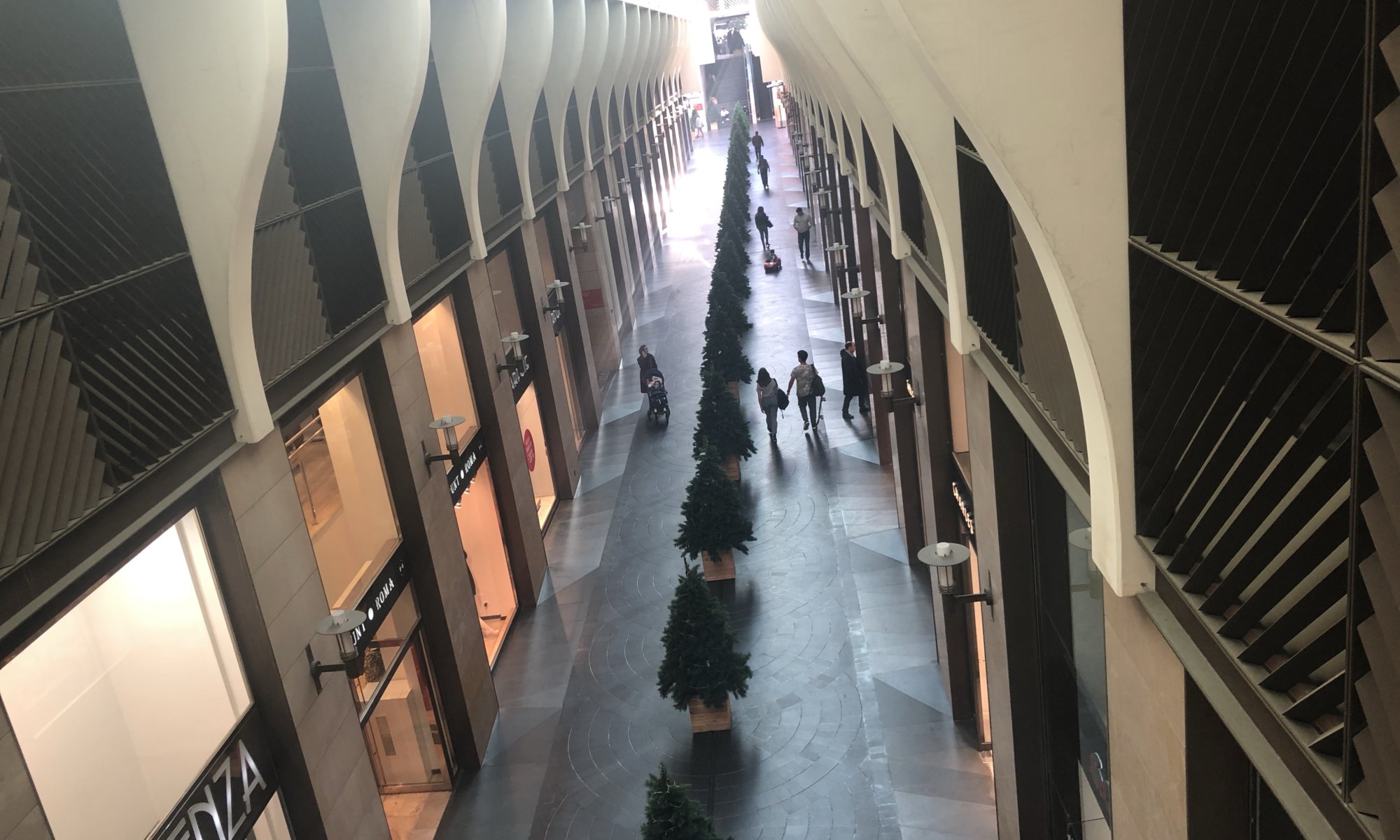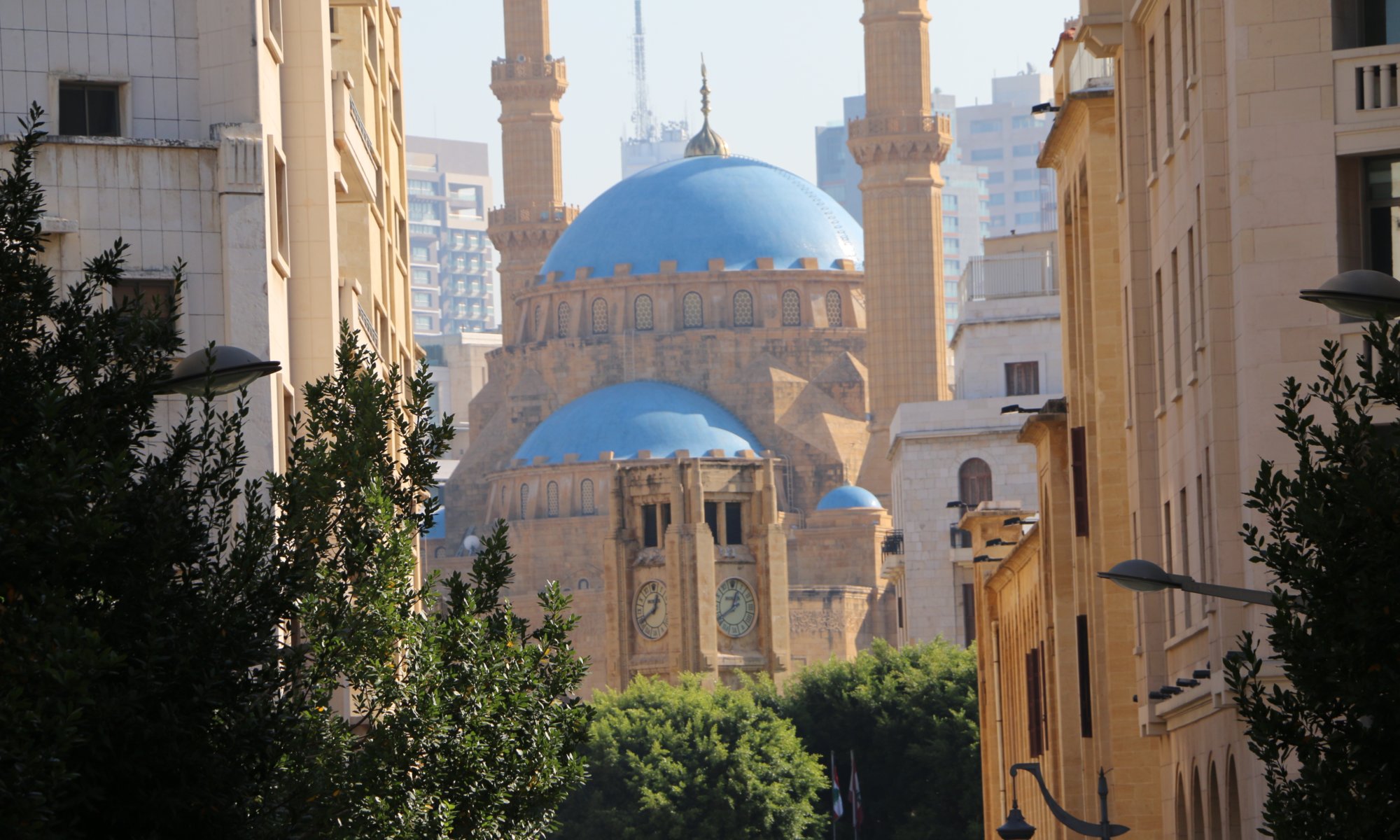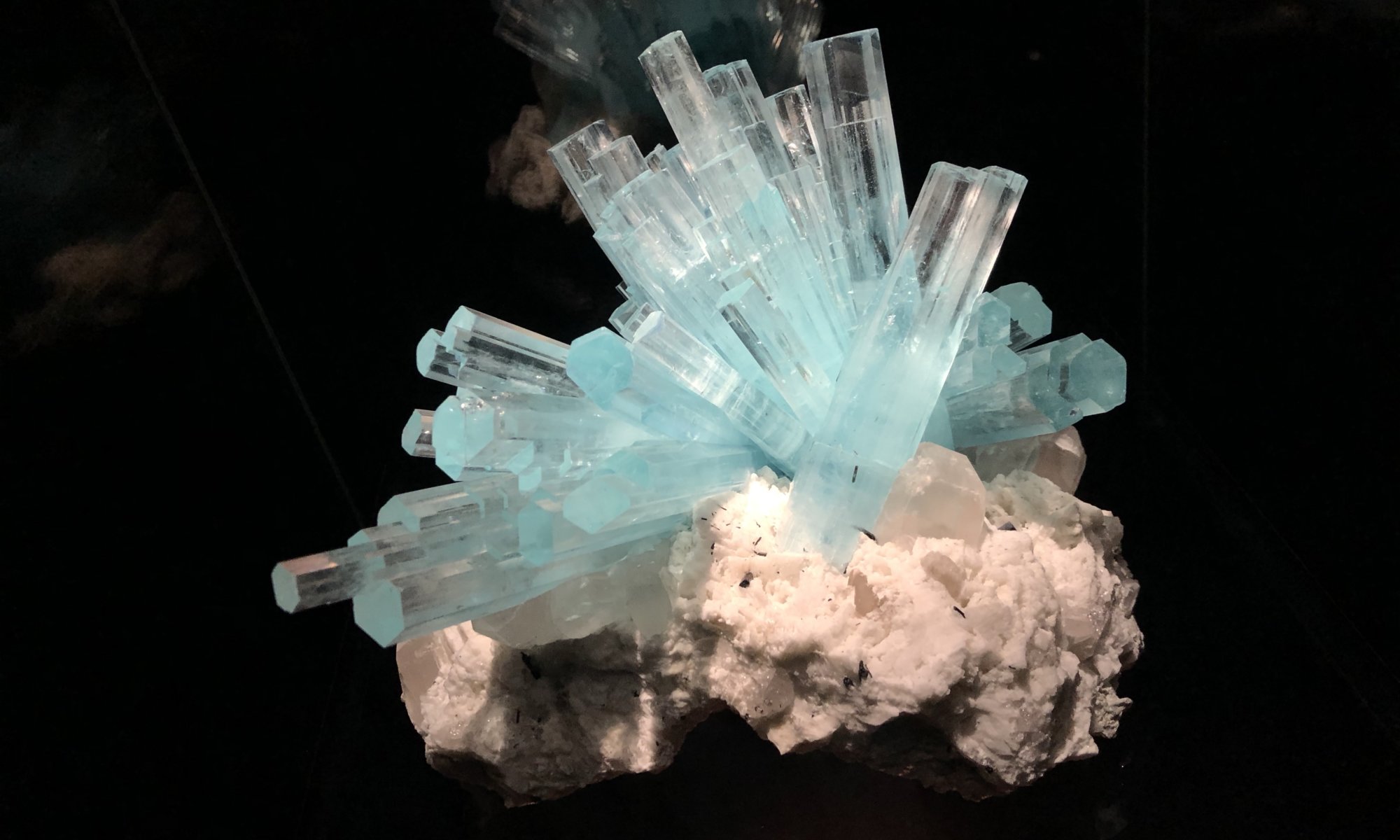The question most often asked while I was preparing for my visit to Lebanon was: Why? Why should one go to a country that is in Europe mostly connected with war and acts of terror? I had not one clear and good reason for this but a bunch of minor ones: I had travelled throughout Israel and when arriving at the border to Lebanon I was unhappy that there was no chance to pass. I had contact with many different persons in Germany that had fled from Lebanon because of the civil war, I had read so much about the conflicts in this region. I enjoyed Lebanese food at home and wanted some more. And I simply wanted to see how life is like in this region of the world. And then there is Beirut – a city once called the Paris of the Middle East; doesn’t that sound inviting?
Continue reading “Paris of the Middle East”Civil war
Lebanon is a country quite far away in the Middle East and part of the Levante states. But already in my youth, I somehow got in contact with the country and it was all because of the Lebanese civil war which was long-lasting (from 1975 to 1990) but already over by that time. I got in contact with Lebanese people who fled to Europe and started a new life here. With that guy who opened up a fantastic falafel eatery at Göttingen, Germany, or later with the nice Lebanese family that sold delicious food at Hann. Münden, Germany. My image of Beirut was shaped by a rather unexpected medium: computer games.
Continue reading “Civil war”Aaliyah’s books
The Armenian quarter of بيروت, Lebanon is well-known for its good bars and restaurants. It is located in the former Christian East of the city and you can easily reach the road called Armenia from Martyr’s square and the city centre. Close to the St. Nicholas Stairs (linking Armenia with the Sursock art museum and often used for art exhibitions) you will find Aaliyah’s books – one of the cosiest places of the Lebanese capital.
Continue reading “Aaliyah’s books”Pigeons‘ rocks
The Pigeons’ rocks or Raouché rocks are a rock formation consisting of two large rocks standing at the shore of the Mediterranean Sea – surrounded by water and waves. They are located in the West of بيروت, Lebanon, belonging to an area called Raouché or Ras Beirut (‘Head of Beirut‘). These iconic rocks are a town’s landmark of the city and often visited by tourists and locals. It is believed that the rocks have split up from the mainland around the 13th century CE. On them, archaeologists discovered tools and flintstones of early humanity.
Continue reading “Pigeons‘ rocks”Corniche
If there would only be one place for a nice walk at بيروت, Lebanon, it would be for sure the Corniche – the 4.8 kilometres long promenade along the coast of the Mediterranean Sea. It starts in the West of the city and leads then along the North of the city centre next to a street called Avenue de Paris. Along the way, you can see the lighthouse of Beirut and the famous Pigeon’s rocks. The Corniche is often filled with people walking, chatting, playing chess or fishing.
Continue reading “Corniche”Armenian quarter
If you’re looking for good bars and restaurants at بيروت, Lebanon, you will be often pointed towards the Armenian quarter in the primarily Christian part of the city. This region of Beirut is easy to find as the road is also called Armenia and the bars and restaurants are lined up at this road are can be found close to it. Sometimes it is referenced to as Mar Mikhael but that is only half the truth; this interesting area partially also belongs to the city quarters Geitawi and Qobayat.
Continue reading “Armenian quarter”Stay connected
When I went to Lebanon I decided to get a local SIM card for my mobile phone. And that was a very easy decision as my provider Deutsche Telekom places Lebanon into its horrible Ländergruppe 3 (the group of countries with the highest roaming costs) and doesn’t even offer data packages to book. Paying horrible 0.49 Euros every 50 KB (observe the unit, per 50 kilobyte!), making phone calls for 2.99 Euros every minute (or receiving them for 1.79 Euros per minute) and paying 0.49 Euros for every SMS message wasn’t an option. Using just the WiFi in your hotel, in coffee bars and restaurants might be okay. But especially if you want to use Uber to get around or if you travel to rural areas it feels better to have a constant connection.
Continue reading “Stay connected”Souk
If you expect to find a traditional market (souk) at بيروت, Lebanon, you will be pretty much disappointed. The shopping mall Beirut Souks has taken over some structures of ancient markets and you can see some ruins of the old market between the houses but it is really a modern shopping mall. Nevertheless, it might be useful to get here as you’ve got everything in place: coffee bars, restaurants, shops and also a tiny post office a little bit hidden.
Continue reading “Souk”Place de l‘Etoile
The Sāhat an-Nadschma or Place de l’Etoile of بيروت, Lebanon, is an important square in the centre of the city. Different roads lead to it in a star-shaped way and next to it you can find the parliament, the archaeological museum and the Saint George church (a Greek orthodox cathedral). In the middle of the square, you can find an ancient clocktower from the 1930s. The area was once filled with bars and coffee bars that were destroyed during the Lebanese civil war.
Continue reading “Place de l‘Etoile”Minerals
I admit I was wrong. I always believed that a collection of minerals must be absolutely boring. But then I came across the Mineral Museum (MIM) of the Université Saint-Joseph at بيروت, Lebanon. It is a vast collection of minerals from all over the world. As it belongs to a university there are good scientific explanations but the presentation is also very nice. They play a lot with light and stage the beautiful stones the right way.
Continue reading “Minerals”